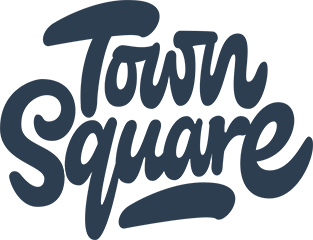Exploring Restaurant Types: The Essential Guide for Future Owners
Knowing about the different types of restaurants provides valuable information that can make your next business venture successful. It’s also the first step toward entering the food and beverage (F&B) industry.
This in-depth guide walks you through each restaurant type so you know which best suits your interest and target market. Keep reading to understand the classification of restaurants and how they’re different from one another.
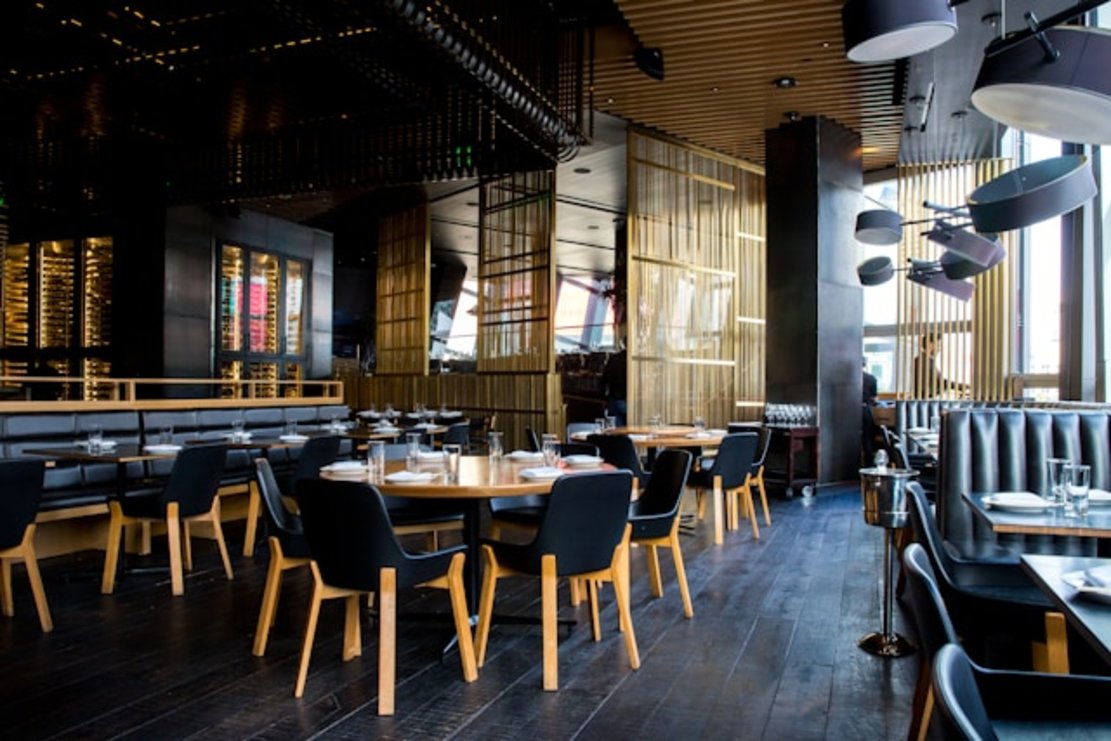
Why Categorizing Restaurants Matters
Categorizing restaurants is essential because each type serves a different purpose, as highlighted below.
Consumer Preferences
People, i.e., consumers, have different reasons for eating at specific types of restaurants. Someone who wants a satiating meal will not consider visiting a coffee shop. Similarly, people may not go to a fine dining restaurant if they want to work.
Understanding which category you want to jump into determines the following:
- What kinds of customers will visit your restaurant
- The average budget of your customers
- How quickly your customers want you to serve their meals
- The quality of service you need to provide
It also helps with customer segmentation, as you can use this information in your marketing strategies.
Market Saturation
Knowing what kind of restaurant you want lets you see who you’re competing with in your area. For instance, was one of the restaurants featured in the list of the best food in America? You need a strong start to compete with this eatery in this situation.
Is your neighborhood full of coffee shops? If this is the case, opening another coffee shop will be challenging, as there are common restaurants in your neighborhood.
It shows the market gaps, i.e., what kind of restaurants aren’t available in your market. In other words, it gives you an idea of what you can do to stand out from other eateries.
Building a Business Model
What type of restaurant you choose affects your restaurant models. For example:
- What seating capacity should you aim for?
- How much can you price your dishes?
- How many people should you hire to run your restaurant?
- What kind of menu should you use?
- What types of restaurant food should you serve?
- Which marketing strategy will give you the best results?
- Which location should you choose to maximize your footfall?
Restaurant genres influence every decision, from planning to operating the eatery.
Major Restaurant Categories
Before diving into what are the different types of restaurants, let’s look at the various categories.

A. Service Style
Service style is all about how you’ll serve food to your customers.
- Full-Service Restaurants
In full-service restaurants, servers take patrons’ orders. The staff also brings food and beverages to the table. Any traditional restaurant you go to is most likely a full-service restaurant.
- Limited or Hybrid Service Restaurants
Limited or hybrid service restaurants fall in between quick service and full-service restaurants. Your customers can place and pay for their orders at the counter. They can take away their food or eat at your restaurant.
Your patrons won’t receive table service, so they need to pick up their orders. For example, a coffee shop is a limited or hybrid-service restaurant.
- Quick-Service Restaurants (QSR)
In quick-service restaurants (QSR), the focus is on serving patrons as fast as possible. Any fast food restaurant you visit is an example of a QSR.
- Self-Service Restaurants
The last variation is self-service restaurants, where your patrons must do everything. Your guests have to pay for the order before receiving the dishes, and they have zero interaction with your staff. For example, several KFC outlets have a self-service kiosk within their restaurants.
Another example is a buffet in IKEA. Customers must pick up their dishes, take them to their table, and dispose of the waste and cutlery.
B. Atmosphere
According to the National Restaurant Association, diners prioritize the dining experience over the meal price. The dining experience comes from the atmosphere, which is the appearance and vibe of your eatery.
- Casual vs. Fine Dining
Casual dining is like a regular dining experience in most restaurants, i.e., no requirements exist. On the other hand, fine dining is a premium experience. Your guests may have to dress up, and you can only employ trained servers and chefs.
- Thematic Restaurants
In thematic restaurants, you pick a central theme for your eatery. For example, you can have a pirate-themed restaurant and ensure your dishes and beverages match the theme.
C. Pricing Structure
The last is the pricing structure, i.e., how much you expect your guests to pay.
- Affordable
The focus is to be budget-friendly, i.e., accessible to anyone. For example, any fast food category restaurant will fall into this category.
- Mid-priced
It is a step up compared to budget-friendly restaurants but not as expensive as upscale eateries.
- Upscale
The prices are sky-high, but that’s because you use the finest ingredients, decor, beverages, and more.
Different Types of Restaurants
What types of restaurants are there? We know about at least 31 different kinds of restaurants. Let’s go through these restaurant classifications to understand how they differ from one another.
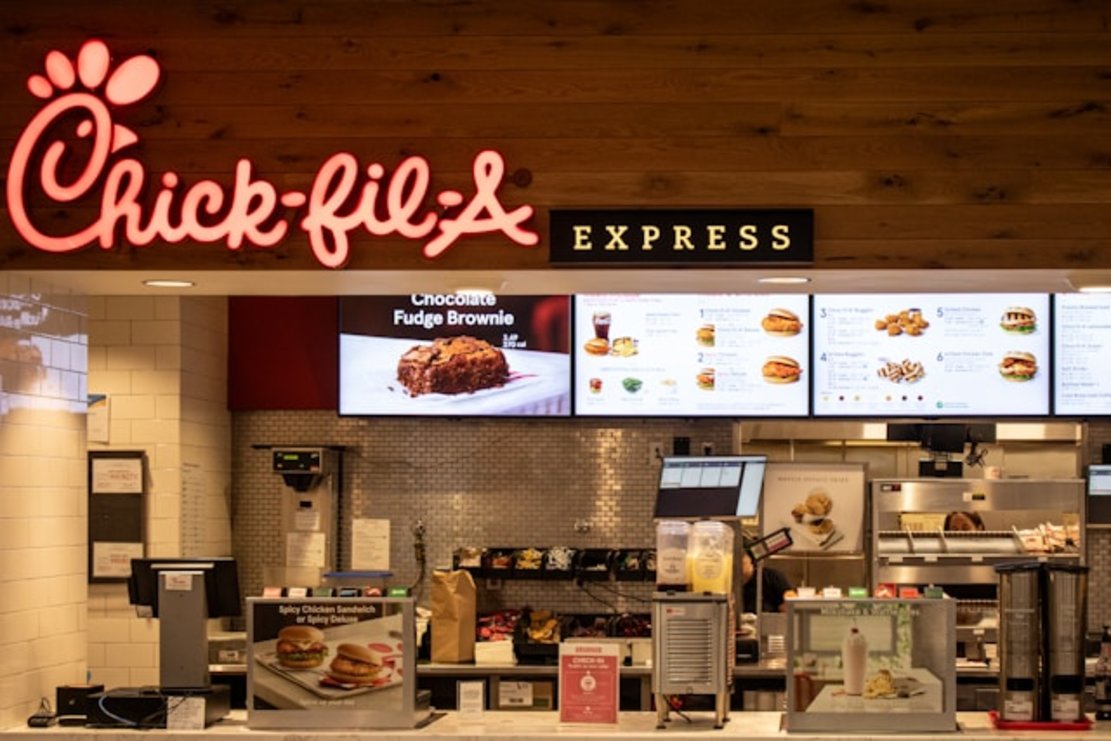
Fast Food/Quick Service Restaurant (QSR)
In fast food or QSR, the aim is to provide a quick dining experience for your patrons. This means having a limited menu, usually with dishes your staff can prepare on short notice. Expect a lot of people to visit your fast food joint, as the cost and waiting times are low.
Service: Limited, QSR, or self-service
Wait Time: Low, i.e., as soon as possible
Price: Affordable
Examples: KFC, McDonald’s, Burger King
Casual Dining
Your menu is much bigger than that of a fast food joint in casual dining. As a result, you can choose any cuisine based on what you want to serve. Your patrons don’t mind waiting for their orders. It’s a comfortable and casual atmosphere. You can even have TVs with live sports and events.
Service: Full service
Wait Time: Moderate
Price: Affordable - Mid-priced, depending on what you serve
Examples: Chipotle Mexican Grill, Chilli’s, Texas Roadhouse
Fast Casual
Fast casual is a mix of casual dining and fast food. There is a decent variety of food, and the price point is affordable but higher than fast food. You still provide a dining area because your patrons may not want to take away.
Service: Full, limited, QSR, or self-service
Wait Time: Minimal to Moderate
Price: Mid-priced
Examples: Boston Market, Panera Bread, Five Guys
Fine Dining
In fine dining, you provide an exemplary experience for your patrons. In these types of fancy restaurants, your staff is highly attentive and understands the guests’ needs. You serve multi-course meals and focus on how you present the dishes to your patrons. Your guests have high expectations because of how much you charge.
Service: Full service
Wait Time: High
Price: Upscale
Examples: Atelier Crenn, The French Laundry, Quince, and Benu
Family-Style
For family-style examples of restaurants, you offer large tables to seat large groups. The order sizes are larger, so your patrons can share and eat the same dishes. For example, several Korean restaurants, especially those serving full-course meals, fall into this category.
Service: Full service
Wait Time: Moderate to High
Price: Mid-priced
Examples: Denny’s, Outback Steakhouse, Olive Garden
Pub/Bar/Brewery
Pubs, bars, and breweries primarily serve alcoholic beverages to guests. Servers take orders and serve them to patrons. These establishments tend to be busy, especially during holidays and weekends.
You can also include food in your menu. These establishments usually prefer to provide appetizers that are easy to eat and share with other guests. However, some bars also serve main courses.
Service: Hybrid service
Wait Time: Minimal for beverages, moderate for food
Price: Mid to upscale, depending on what alcoholic beverages you serve
Examples: Bar Next Door, La Dolce Vita, Flora-Bama
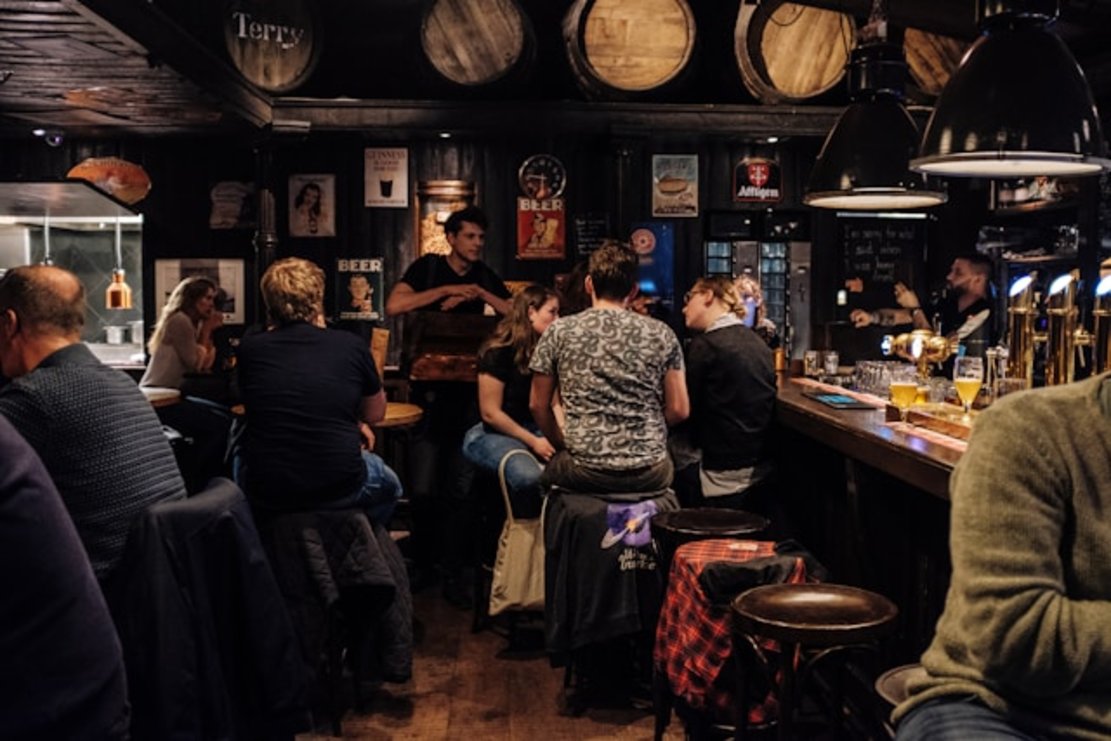
Café/Coffee Shop
In a café or coffee shop, your guests can choose from a selection of caffeine-based beverages. Dishes tend to be on the lighter side, like sandwiches, baked goods, and salads.
Your patrons can take away their orders or sit at a table. In a coffee shop, you mainly serve beverages. On the other hand, a café has a wider selection of dishes. It is usually a place where people come for casual meetings or to be productive.
Service: Limited
Wait Time: Minimal
Price: Budget to mid
Examples: Starbucks, Everyman Espresso, Brioso Coffee
Buffet
In buffet-type restaurants, you provide a wide selection, i.e., patrons can select from multiple dishes. There is usually no limit to how many dishes your guests can eat.
Service: Self-service
Wait Time: Minimal
Price: Budget to mid
Examples: Shady Maple Smorgasbord, Golden Corral, Chuck-A-Rama
Diner
A diner provides comfort food with a welcoming atmosphere. It offers fried foods, milkshakes, Americanos, pancakes, and burgers. These types of food places often appear in movies and TV shows. Your patrons can visit your restaurant and sit at a table or at the counter to order food.
Service: Full service
Wait Time: Minimal to Moderate
Price: Budget to Mid
Examples: Plato’s Diner, Old Town Diner, Empire Diner
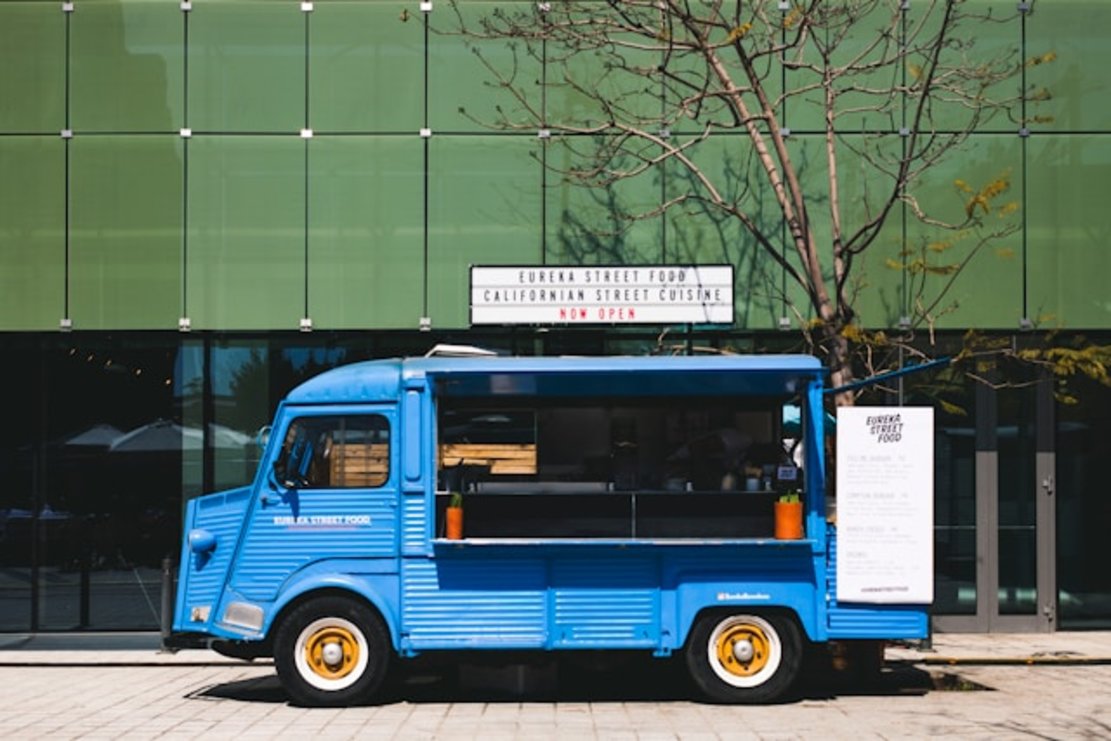
Food Truck
You use your truck as a cooking and serving station in a food truck. You can set up shop anywhere as long as it’s easy for people to find your restaurant. You can be creative with your dishes, focusing on standing out from everyone else.
Seating is minimal to non-existent, especially on a busy street. You have minimal staff because of the limited space in the food truck.
Service: Self-service
Wait Time: Minimal
Price: Budget to Mid
Examples: Roti Rolls, Fava Pot, Tot Boss
Pop-Up
As the name suggests, a pop-up restaurant is a temporary eatery set up in a specific location. You can move the restaurant to a different location every day, making it a mobile eatery. It is an excellent way to test experimental dishes and ideas before fully committing to them.
Service: Limited or self-service
Wait Time: Minimal to Moderate
Price: Budget to Mid
Examples: Papa Maria, Holey Grail Donuts, Fonzie’s Pizza
Ghost Kitchen
You don’t need to reserve any space for diners in a ghost kitchen. Instead, it is solely a kitchen where people can pick up their orders. Usually, you tie up with food delivery apps to get a steady stream of orders.
Service: Self-service
Wait Time: Minimal to Moderate
Price: Budget to Mid
Examples: Burger Den, Melt Down, Buddy V’s Cake Slice
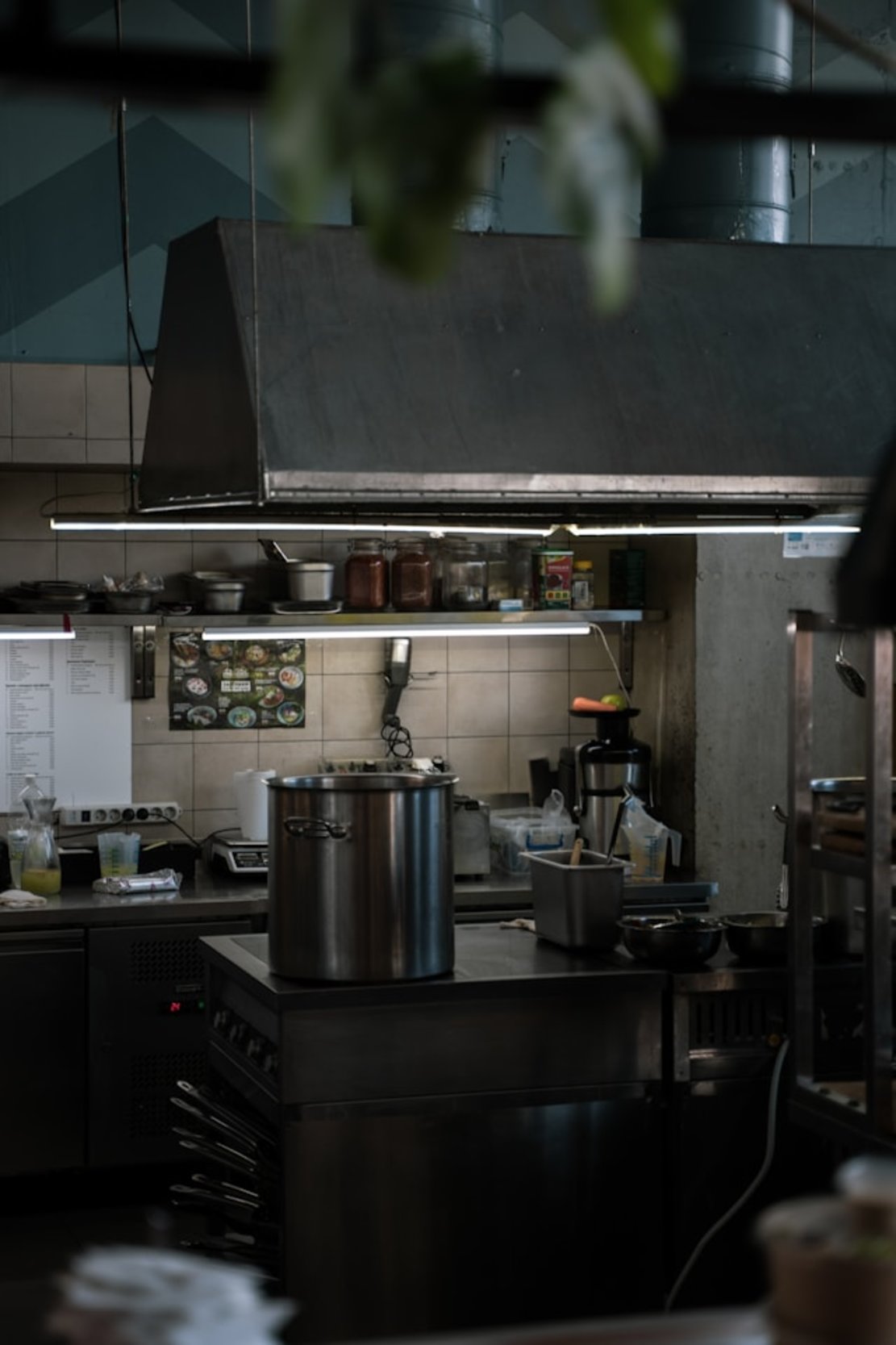
Breakfast Restaurant
For breakfast restaurants, you offer only breakfast options to your diners. Usually, these restaurants close by noon, but some may serve breakfast options throughout the day.
Service: Limited service
Wait Time: Minimal to Moderate
Price: Budget
Examples: Keke’s Breakfast Café, Village Inn, The Cheesecake Factory
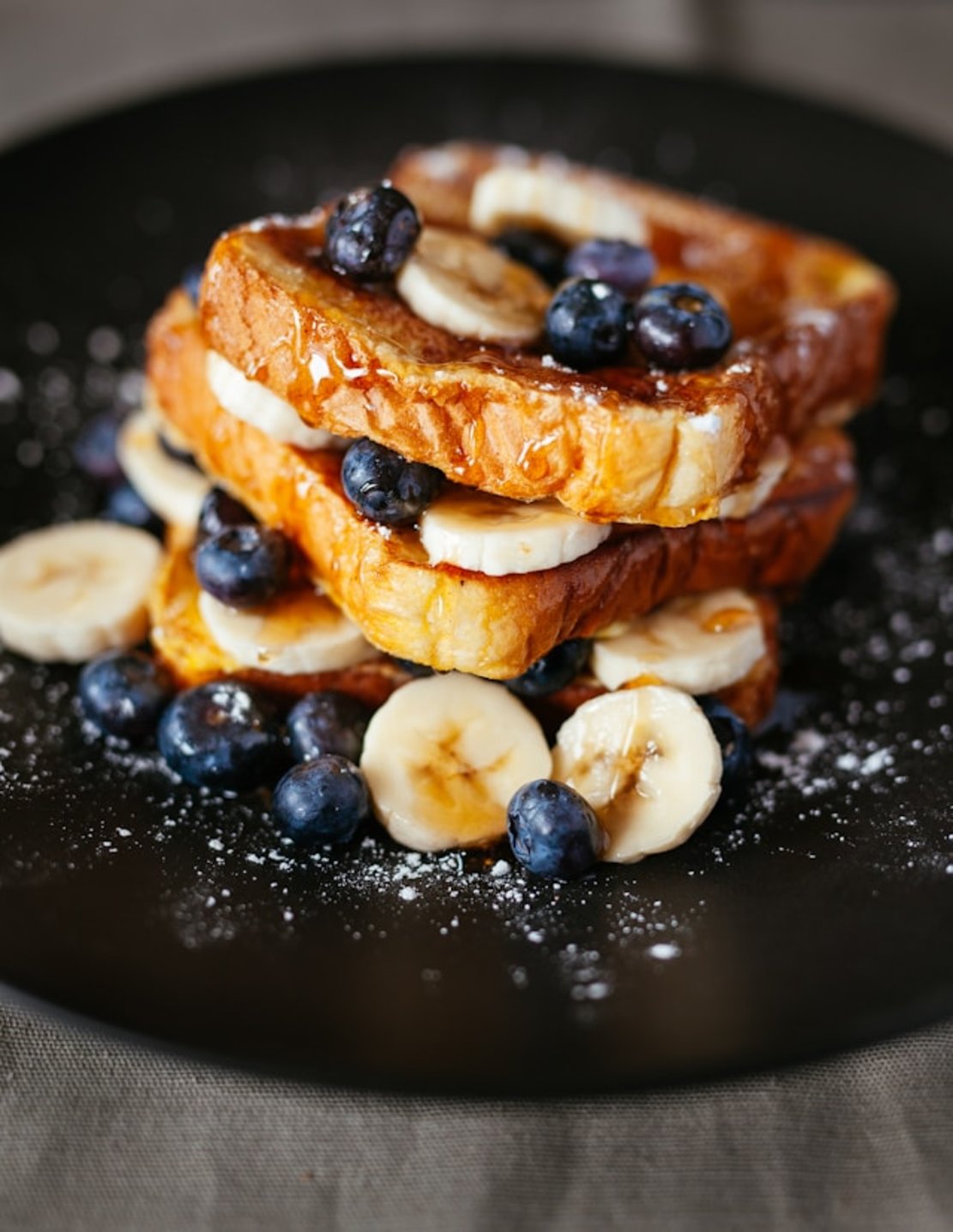
Bakery
To run a bakery, you must provide all types of baked goods. This can include breads, pastries, pies, donuts, and cookies. You can also include simple dishes like sandwiches and salads in your menu.
Service: Limited service
Wait Time: Minimal
Price: Budget to Mid
Examples: Magnolia Bakery, Bimbo Bakeries, Lady Wong Pastry
Bistro
A bistro provides a casual dining experience and makes dishes using simple and fresh ingredients. You provide quality food at a higher price, but not as high as a fine-dining restaurant. It’s similar to the small restaurants you see throughout Europe.
Service: Limited service
Wait Time: Minimal
Price: Mid
Examples: American Bistro, Boulevard American Bistro, Bistro Café
Contemporary Casual
A contemporary casual is similar to a fine dining restaurant but caters to a younger audience. The eatery’s atmosphere and vibe or experience matter the most in this type of restaurant. It focuses on current trends like sustainability and locally sourced ingredients.
Service: Full service
Wait Time: Moderate
Price: Mid
Examples: Wildair, Season 52, Mister Jius
Pizzeria
In a pizzeria, the majority of the dishes you offer are pizzas. These are the most popular types of restaurants with people of all ages. You can also include other dishes like pasta, calzones, and salads.
Service: Full or limited
Wait Time: Minimal to moderate
Price: Budget to mid
Examples: Bird Pizzeria, Lena Pizza & Bagel, Pizzeria Bianco
Steakhouse
Guests can choose from beef, pork, fish, and chicken cuts in steakhouse restaurants. Alcoholic beverages like beer and wine are popular, as they are excellent pairings with meat-heavy dishes. Diners also get to choose how the chefs cook the meat.
Service: Full
Wait Time: Moderate to high
Price: Mid to upscale, depending on the cut
Examples: Beefbar by Riccardo Giraudi, Smith & Wollensky, Penumbra
Sushi Bar
Sushi bars are all about eating and savoring the intricate flavors of sushi and sashimi. Chefs often put on a show as they prepare the dishes for your guests in an open kitchen. There are also sushi bars with conveyor belts, providing a unique experience for diners.
Service: Limited
Wait Time: Moderate
Price: Mid to upscale
Examples: Sushi Nakazawa, Imari Sashimi and Sushi, Little Sakana
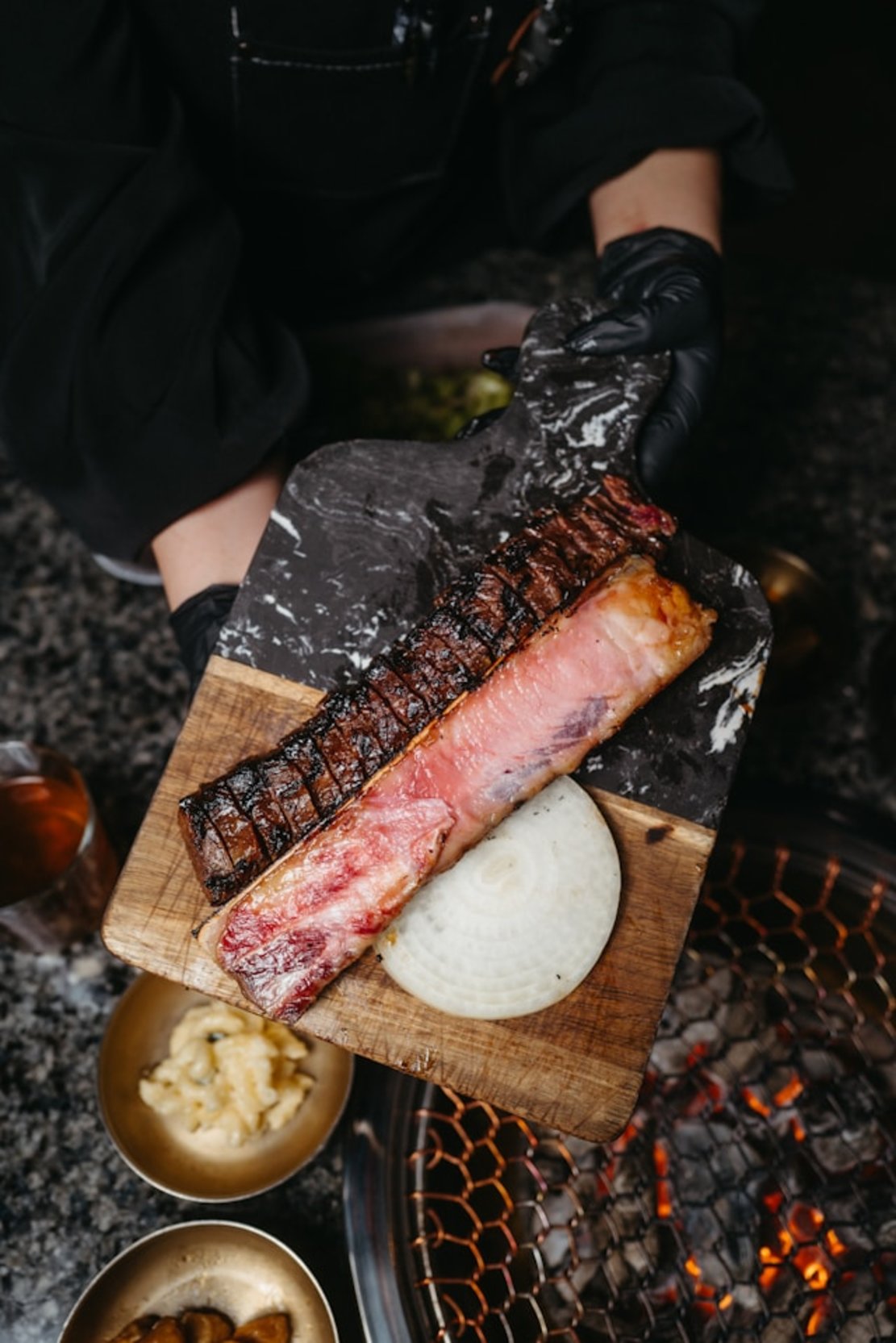
BBQ Restaurant
BBQ restaurants serve meat-centric dishes in various sauces and rubs, generally slow-cooked to bring out the flavor. Sides like onion rings, cornbread, and coleslaw are the other items that come with these dishes. This type of restaurant in the USA is quite popular because of its inviting and lively atmosphere.
Service: Full to limited
Wait Time: Moderate to high
Price: Mid
Examples: Smokemade Meats, Hometown Bar B Que, La Barbeque
Tapas Bar
Tapas bars provide a social eating experience because every meal is shareable. It’s a lively environment, and the guests get to try various dishes, often inspired by Spanish food. There are also fusion tapas bars that combine different cuisines to create a unique experience:
Service: Limited
Wait Time: Moderate
Price: Mid
__Example__s: Boqueria Flatiron, Lechon, Toro
Noodle Bar
Patrons visit noodle bar style of restaurants to eat southeast asian noodle dishes, like udon, soba, pho, and ramen. They have interesting flavors, thanks to the blend of sauces, unique spices, and broths. These restaurant cuisine types are popular with the younger generations.
Service: Full to limited
Wait Time: Low to Moderate
Price: Budget-friendly
Examples: Momofuku Noodle Bar, JINYA Ramen Bar, Jeju Noodle Bar
Dessert Café
Dessert cafés are the best type of restaurants that people go to after a meal. Guests can choose from ice creams, sundaes, regional desserts, and pastries. People can also grab beverages along with their sweet treats.
Service: Limited or QSR
Wait Time: Low
Price: Budget to Mid
Examples: The Inventing Room Dessert Shop, U :Dessert Story, The Toothsome Chocolate Emporium & Savory Feast Kitchen
Digital-Only
A digital-only restaurant is similar to a ghost kitchen, i.e., no storefront or dining area. However, your patrons can only place orders online through food delivery apps. This variety of restaurants works well in urban areas, especially when you don’t have the space for a full-sized restaurant.
Service: None
Wait Time: Low to Moderate
Price: Budget to Mid
Examples: Chipotle, Taco Bell, Shake Shack
Theme Restaurant
The eatery follows a theme, from the servers’ outfits to the dishes and beverages they serve. Your decor and the music you play in your restaurant follow the theme. You can also change the names of dishes to match your theme.
Service: Full service
Wait Time: Moderate
Price: Mid
Examples: The Airplane Restaurant, Casa Bonita, Aquarium Restaurant
Delivery-Only
A delivery-only restaurant is similar to a ghost restaurant. However, you don’t have a physical location that your patrons can visit. Instead, they must use a food delivery app or your website to place orders.
Service: None
Wait Time: Low to moderate
Price: Budget to Mid
Examples: Nation’s Giant Hamburgers, Chick-fil-A, Mott Street Pizza
Drink Shop
In a drink shop, you primarily serve beverages, either alcoholic or non-alcoholic, to your patrons. It’s not necessary to serve dishes. You can provide a minimal seating area in case your patrons want to drink their beverages in your shop.
Service: Limited
Wait Time: Low
Price: Budget
Examples: MilkShake Factory Downtown, Legendairy Milkshake Bar, Makers of Milkshakes
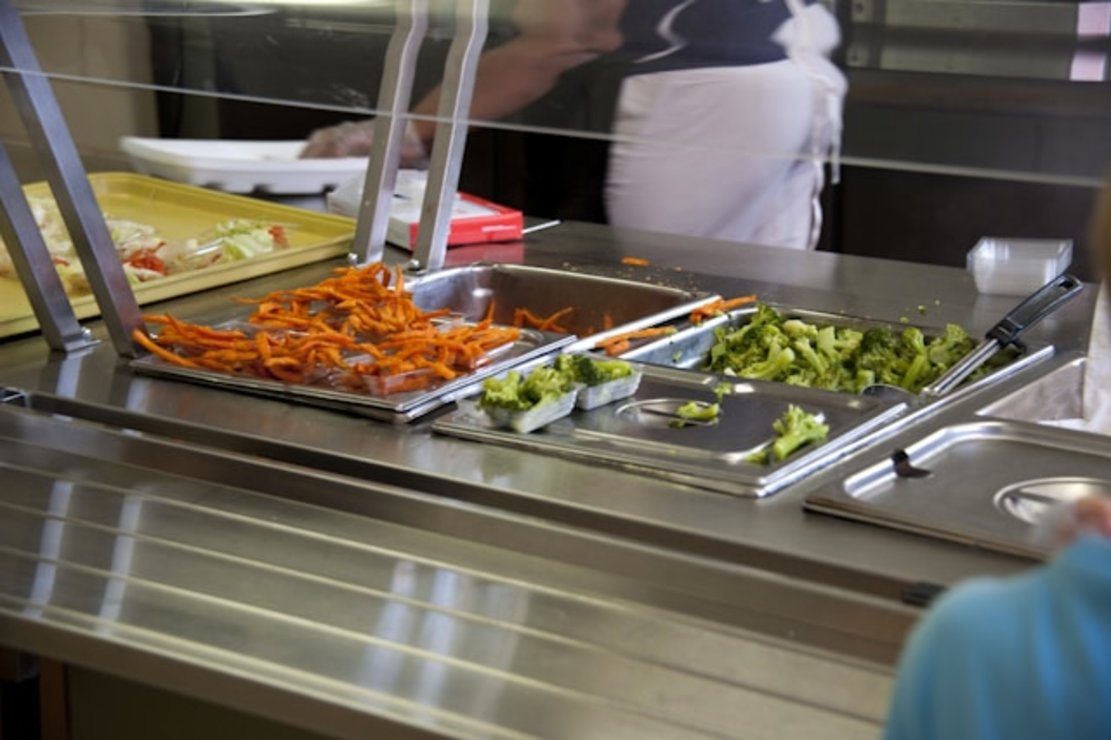
Cafeteria
In a cafeteria, your guests will serve themselves. In this variety of food restaurants, your guests have to select from multiple dishes on display. Generally, you’ll find a cafeteria in offices, hospitals, and schools.
Service: Self-service
Wait Time: Low
Price: Budget
Examples: Cleburne Cafeteria, Philippe The Original, Harry’s Hofbrau
Concession Stand
A concession stand is a physical location in an event space where patrons can purchase food and beverages. These restaurants are in theaters, amusement parks, and sports stadiums.
Service: QSR
Wait Time: Low
Price: Budget
Examples: Fuku, Mike’s Hot Honey, Brooklyn Dumpling
Destination Restaurant
A destination restaurant draws people from the neighborhood, other states, and even other countries. It can be due to the head chef, an iconic location, or the dishes.
Service: Full service
Wait Time: Moderate to high
Price: Mid to upscale
Examples: Burdell, The Musket Room, Mr. Tuna
Rotisserie
In a rotisserie restaurant, you serve spit-roasted meats with sides such as salads and vegetables. This cooking style brings out the meat’s juices, adding flavor. These restaurants have a warm and rustic atmosphere.
Service: Full service
Wait Time: Low to moderate
Price: Budget to mid
Examples: Black Iron Grill Rotisserie, Boathouse Rotisserie & Raw House, Mami’s Latin Style Rotisserie Chicken
Steps for Choosing the Right Restaurant Type
Now that you know the different types of food restaurants, let’s look at how you can choose one.

Market Research
You need to research the different styles of restaurants and the market you want to serve. For example, what is missing in your neighborhood or a specific location? What cuisines are popular with people? How many similar restaurants are already in your area? What’s currently trending among customers and restaurants? Finding answers to these questions will clarify what you need to do next.
Personal Strengths
What can you bring to the table? For example, do you know chefs who are experts in specific cuisines? Do you prefer to work in full-service restaurants? Being truthful about your personal strengths can help you choose from the above list of types of restaurants.
Financial Considerations
The last thing you need to consider is your budget. If you’re on a small budget, starting a fine-dining restaurant doesn’t make sense as the investment is high.
Sometimes, you may need to consider taking a loan or approaching investors to ensure you have the capital.
You also have to be aware of the operating costs, as they vary depending on the types of food establishments. Additionally, you must identify your revenue streams, how long it will take to break even, and the expected profit margins.
You’re now aware of the different genres of restaurants.
These days, it’s become necessary for new restaurants to provide free guest WiFi to patrons. If no WiFi exists, your guests will prefer to go to other eateries. With Beambox, we can transform this utility into a personalized WiFi marketing tool. You can get to know your diners better and show relevant ads to increase restaurant brand awareness and sales.
You can personalize the login page according to your branding guidelines and redirect users to your social media pages.
Join Beambox today, get a 30-day free trial, and convert your WiFi network into another revenue stream for your restaurant!
